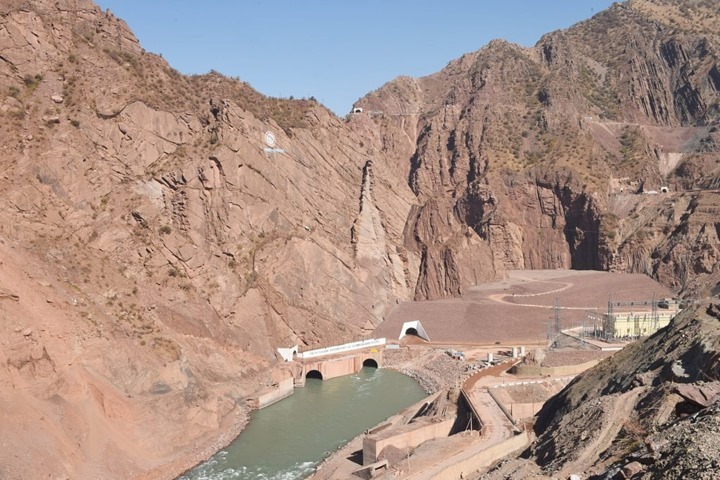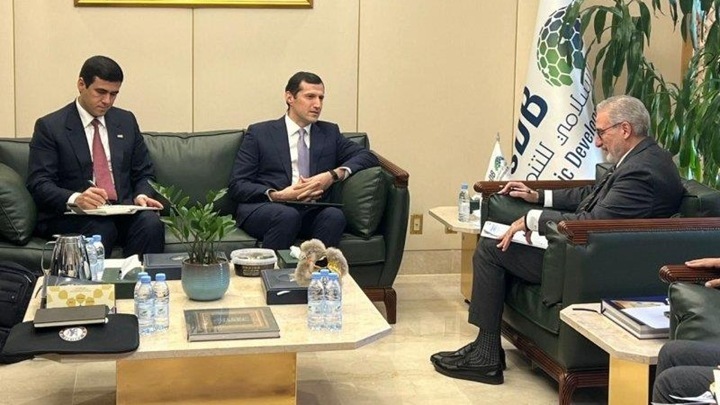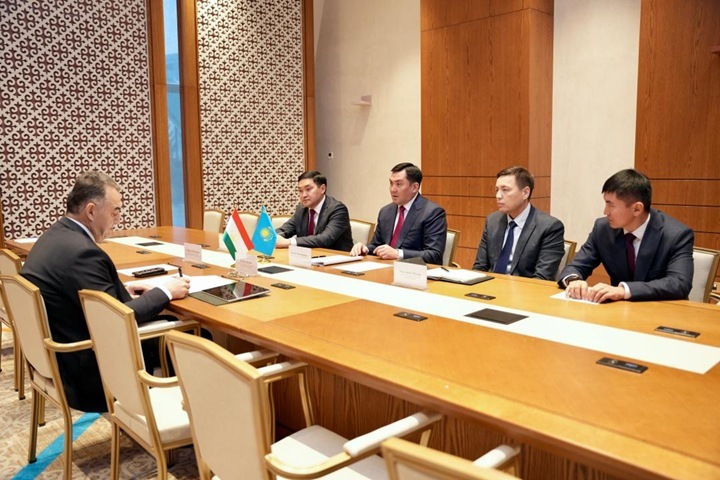Tajikistan has taken another step in advancing the construction of the Rogun Hydroelectric Power Plant (HPP) by allocating an additional 60 mn somoni (over $5.5 mn) to bolster the authorized capital of Rogun HPP. This decision was made on April 8 and published on the legal information portal of the Ministry of Justice, ASIA-Plus reported on April 25.

Funds for this allocation are drawn from the Stabilization Fund for Economic Development, which receives dividends from government shares. The resolution mandates that Rogun HPP ensures the transparent and efficient utilization of the allocated funds and submits detailed expenditure reports to the Ministry of Finance.
In January, wherein the government earmarked 100 mn somoni (over $9.1 mn) from the same fund for the Rogun project.
The Stabilization Fund for Economic Development, primarily fueled by revenue surpluses from the republican and local budgets, serves as a critical financial resource for various developmental initiatives. Typically, funds from this source are allocated to fuel and energy industry projects, ensuring food security, bolstering social sectors, and servicing the state’s external debt.
In February, Tajikistan’s Finance Minister Faiziddin Kakhhorzoda revealed plans to allocate a total of 5 bn somoni (approximately $456 mn) over the year for the Rogun project, with a significant portion expected from external financing.
The Rogun HPP, upon completion, will be Central Asia’s largest hydroelectric facility, boasting an installed capacity of 3,600 MW. It is expected to generate between 13 to 17 bn kilowatt-hours annually, accounting for a substantial portion of the country’s electricity output. With six turbine units planned for installation, each with a capacity of 600 MW, the hydroelectric plant is anticipated to be fully operational by 2029.
Construction of the Rogun HPP is divided into distinct phases, including electromechanical equipment installation, dam construction, and bank structure development. The comprehensive completion of the project is slated for 2033.
Since its resumption in 2008, the Rogun project has received significant financial backing, with over 40 bn somoni ($3.7 bn) already allocated for its advancement.






Leave a Reply